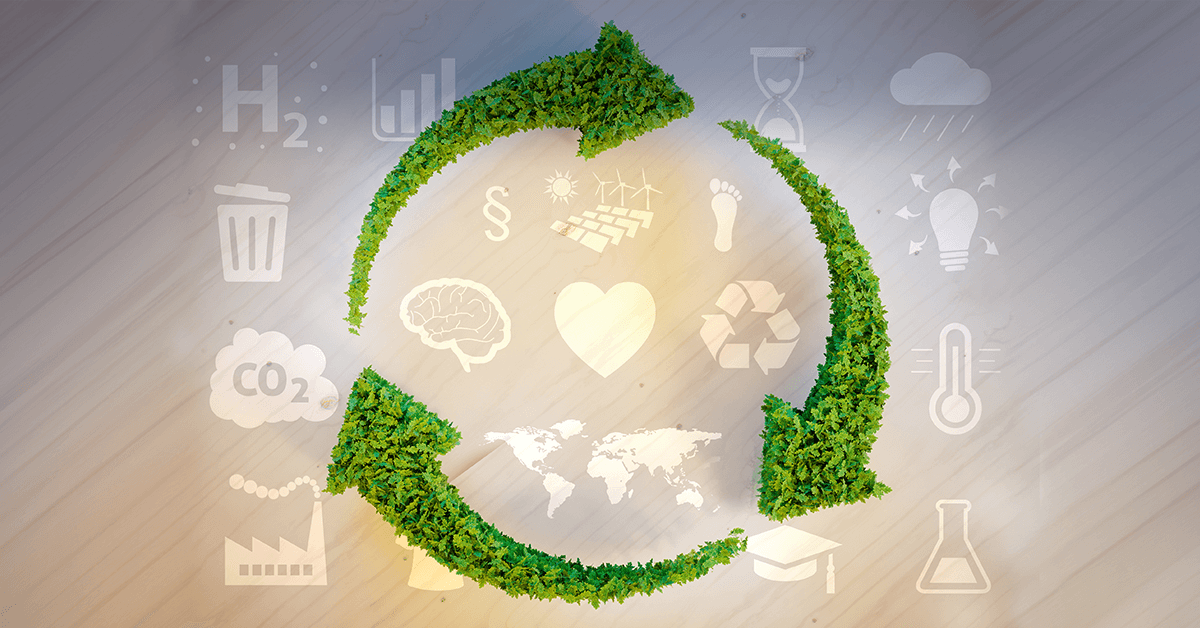One of the areas where humanity must make even greater efforts is reducing CO2 emissions, or in other words, reducing our "carbon footprint." There are many definitions of this concept, but a generic one refers to "the totality of greenhouse gases emitted by direct or indirect action by an individual, organization, event, or product."
CO2 emissions vary by country and largely come from the burning of fossil fuels. However, CO2 emissions are also produced during consumption in solid, liquid, and gaseous forms, and from gas flaring. And since all of Earth's inhabitants consume some form of this energy in certain daily activities (transportation, food, household chores), we are leaving a carbon footprint that contributes to climate change.
Due to the seriousness of the problem, countries and international organizations, led by the United Nations Environment Program, have developed various agreements that seek to gradually reduce the generation of greenhouse gases (GHG), including CO2. At Bepensa Bebidas, as part of the Mexican Coca-Cola Industry, we have contributed to environmental efforts and the reduction of GHG emissions, such as modernizing plants and incorporating electric vehicles into our delivery fleet.
How to reduce our CO2 footprint? Given this reality, the question is: What can we do personally to reduce the CO2 footprint we leave behind every day? The first step is to educate ourselves. In this technical report by climate change experts, you'll find a detailed overview of the situation. For a more in-depth look, see Pronatura, AC's website, Neutralízate, which describes a list of ten best practices for reducing our CO2 and other GHG emissions.
The second step is to apply good practices, such as those promoted by Pronatura, such as: Using LED and/or energy-saving light bulbs, unplugging electrical appliances that you don't use, opening the refrigerator as little as possible, using a water heater (boiler) or solar heater, using your bike or walking more and using your car less, properly calibrating your tires, carpooling, buying seasonal fruit and local products, as well as products with less packaging.
Another step is to measure your carbon footprint. There are tools to do this, such as the one included in Calculate My Footprint or the Carbon Foot Print calculator. The measurement methodology is described on the same pages and consists, in general terms, of adding up the CO2 you stop producing by reducing fuel consumption, performing certain activities less frequently, or taking certain actions. For example, if you drive your car 50 km less each week, you will be reducing your carbon footprint by 450 kg of CO2. If you replace a regular light bulb with an energy-saving one, you will reduce your emissions by 75 kg of CO2 over the bulb's lifespan.
We can all take action to make our planet a better place to live. One way to do this is by reducing our carbon footprint with practical, everyday actions that will also make us feel good.



